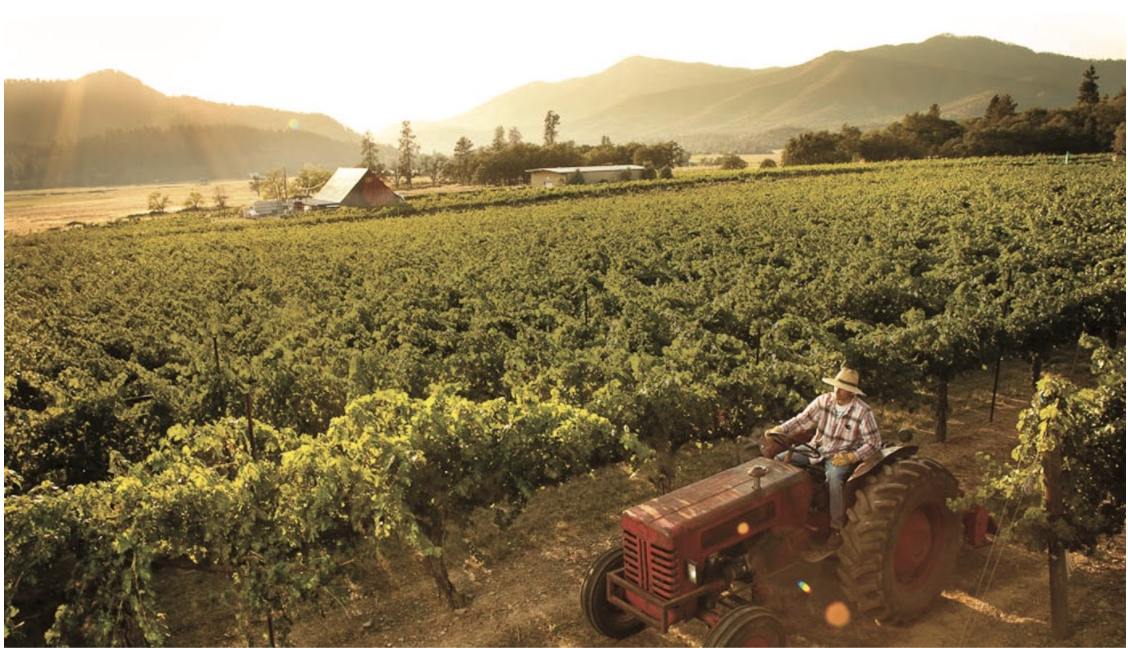Photo courtesy of Travel Medford (Website)
Southern Oregon is an ideal locale for wine production. Its mountainous landscape creates diverse climatic conditions that suit a range of both warm- and cool-climate varietals, allowing grapes to achieve perfect ripeness, acidity, and flavors throughout the seven-month growing season and into harvest.
Today, the Rogue Valley is home to hundreds of vineyards and wineries, boasting recognition as an American Viticultural Area (AVA) — but how did it get here? Let’s take a glance into the past to learn about Southern Oregon’s rich wine history.
A Brief History of Rogue Valley Wine
Southern Oregon is full of history — and wine makes up a large part of it. Here’s a brief background on how the Rogue Valley came to be the acclaimed wine region it is today, starting all the way back in the 1850s.
1850s – The Rogue Valley’s First Vineyard and Winery Opens
Southern Oregon’s wine history begins in the late 1850s, just as the Gold Rush Era was fading and Californian settlers were dispersing into nearby states. It’s in these years that the Rogue Valley’s first vineyard and winery was established by Peter Britt.
Britt owned fifteen acres of land just outside of Jacksonville. On this land, he grew grapes that were used to produce the state’s first wine in 1858 — making between one and three thousand gallons of wine per year for his first few years of production. From there, he opened Valley View Winery and saw immediate success. His success encouraged over a dozen other Jacksonville residents to open wineries by 1890.
Although Valley View Winery was closed upon Britt’s death in 1906, its name was restored by the Wisnovsky family in 1972 and continues to operate today. This is where Southern Oregon’s famous “Britt Music & Arts Festival” is hosted each year, featuring a number of outdoor live music performances.
1910s – Prohibition Puts a Halt on Wine Production
Unfortunately for Britt and other regional winemakers, wine production came to an abrupt halt when Prohibition was enacted. The Oregon Enforcement Act banned the manufacture and sale of alcohol in 1914, four years before the rest of the United States went dry.
Although Prohibition was repealed in 1933, Oregon’s wine industry was already gone, as most vineyards had been replaced by orchards. Interest in wine production didn’t regain traction in the Rogue Valley until the 1960s.
1960s – Southern Oregon’s Wine Industry Recovers
In 1967, over 30 years after the Prohibition Era ended, horticulturist Peter Lombard revived the Rogue Valley wine industry by planting an experimental vineyard at the OSU Southern Oregon Experiment Station in Central Point. From his experiment, Lombard learned what varietals would grow best in the region, then shared his knowledge by consulting local farmers interested in trying their hand at viticulture.
1970s – Winemakers Experience Success in the Rogue Valley
Soon after, many farmers saw the promising results of Lombard’s teachings and started vineyards and wineries of their own. This was an inflection point in Southern Oregon’s wine history, where just a small number of vineyards and wineries quickly grew into over 50, which then grew into over 100, and so on. Business was booming, and the Rogue Valley was starting to make a name for itself in the nation’s wine industry.
2001 – The Rogue Valley Earns Official AVA Appellation
In 2001, the Rogue Valley earned federal recognition as an American Viticultural Area (AVA). In order to achieve AVA appellation, 85% or more of the area’s wine needs to be derived and finished with grapes grown within its boundaries. This appellation formally made the Rogue Valley a hotspot for winemakers and wine-lovers, showcasing the beautiful and bountiful landscapes of Southern Oregon.
Rogue Valley Wine: Where We’re At Today
In 2019, various Rogue Valley wineries and vintners came together to establish a strategic plan for “Rogue Valley Wine Country.” This plan was created to encourage growth within the Rogue Valley wine industry, transforming it from a small blip on the map to an acclaimed region with countless forms of national and international recognition.
The plan is proving successful. Today, Oregon ranks third in the country for number of wineries in a state, and Southern Oregon hosts over 150 of them. The Rogue Valley has earned multiple forms of regional, national, and international recognition — including being named a Top Global Wine Destination by both Forbes and Wine Enthusiast.
From humble beginnings to depleted production during Prohibition, to feature spots in internationally renowned magazines, the Rogue Valley relied on persistent, innovative experimentalists and farmers to drive the growth of its wine industry — and we’re appreciative of their efforts. With wine making up such a large part of Southern Oregonian culture today, we couldn’t imagine a life not surrounded by beautiful vineyards, sweet grape aromas, and award-winning wineries.
There’s no better way to learn more about Rogue Valley wine than to taste the difference for yourself. When you live at The Vineyards at Stage Pass, you’ll be nestled in the heart of Rogue Valley wine country — giving you unique and convenient access to some of the best selections in the region. If you’re interested in learning more about life among the vines, contact our team to schedule a tour.


